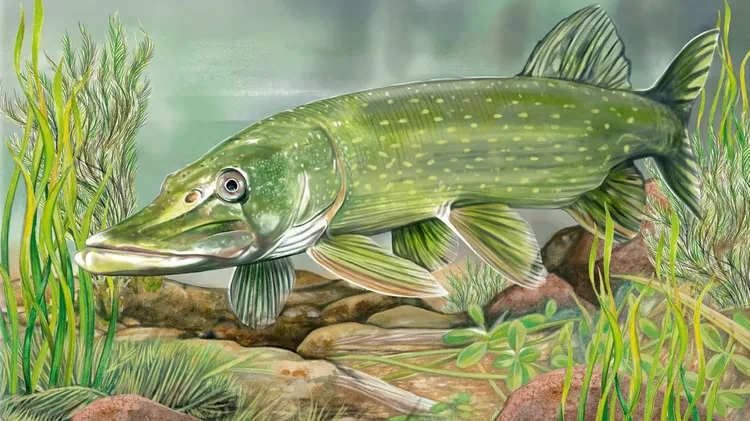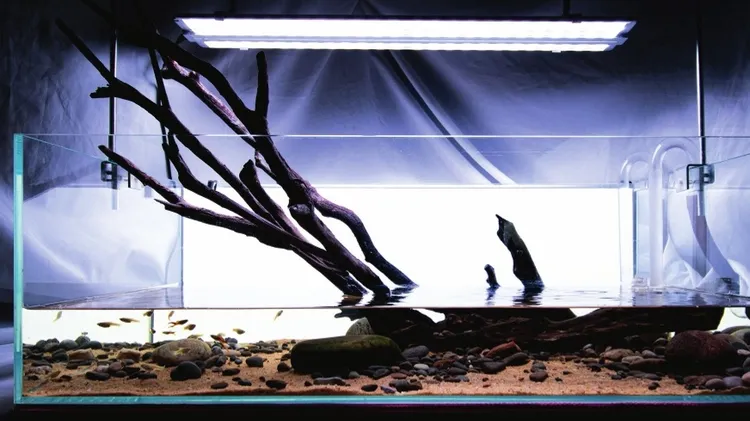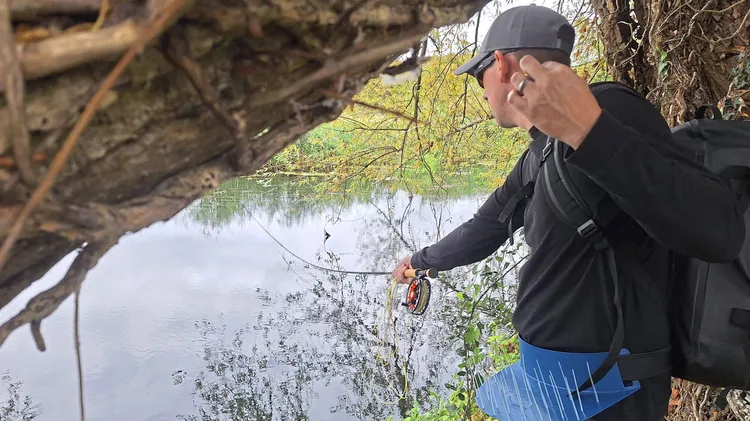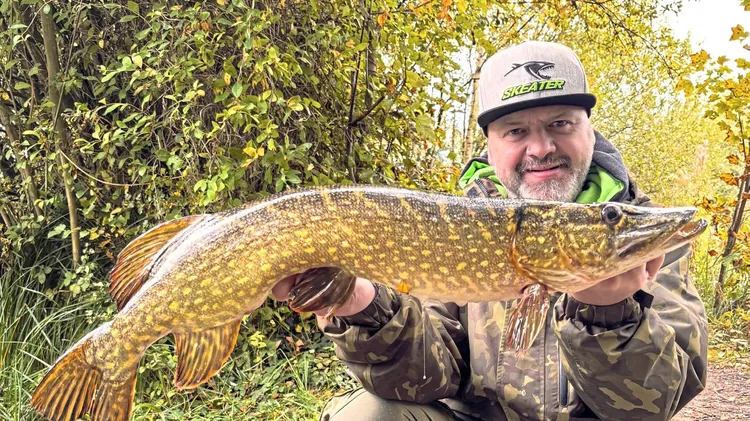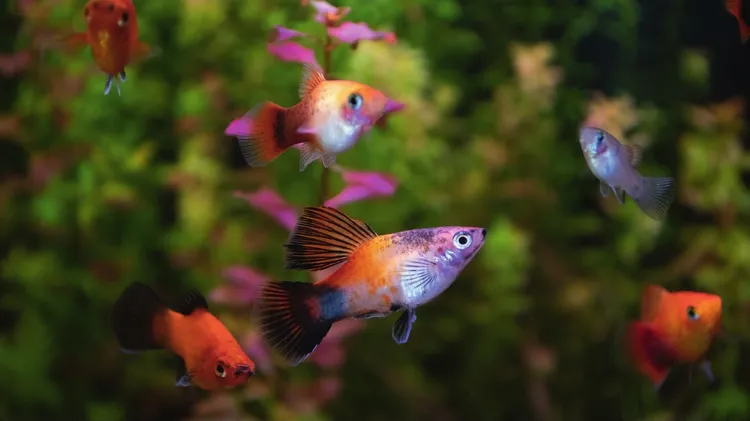When Jack Heathcote whimsically bought pikeheads, the odds should have been agai
The big eater
6 min read
This article is from...
Read this article and 8000+ more magazines and newspapers on Readly

